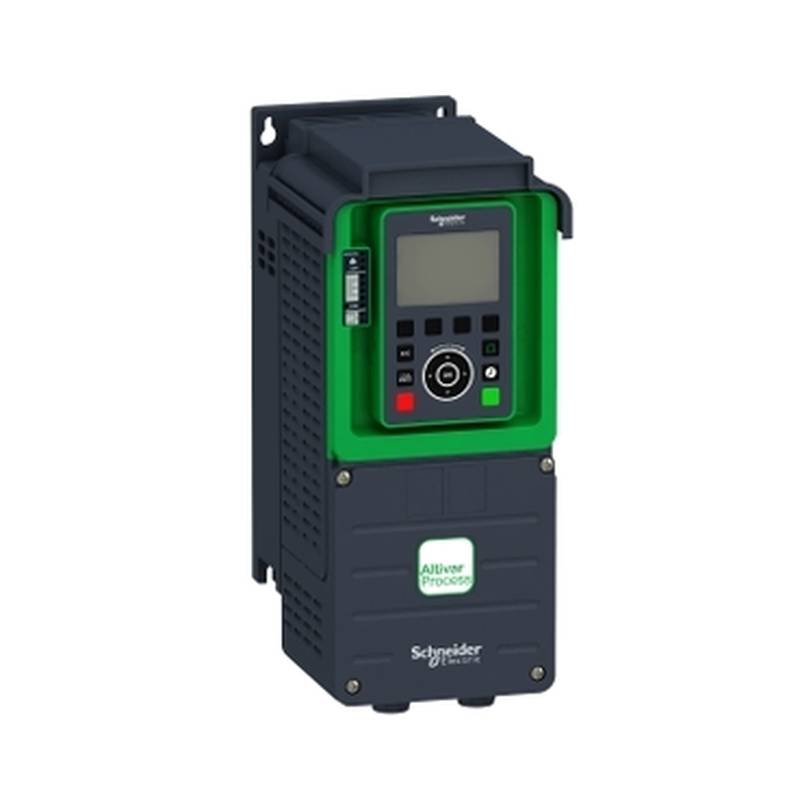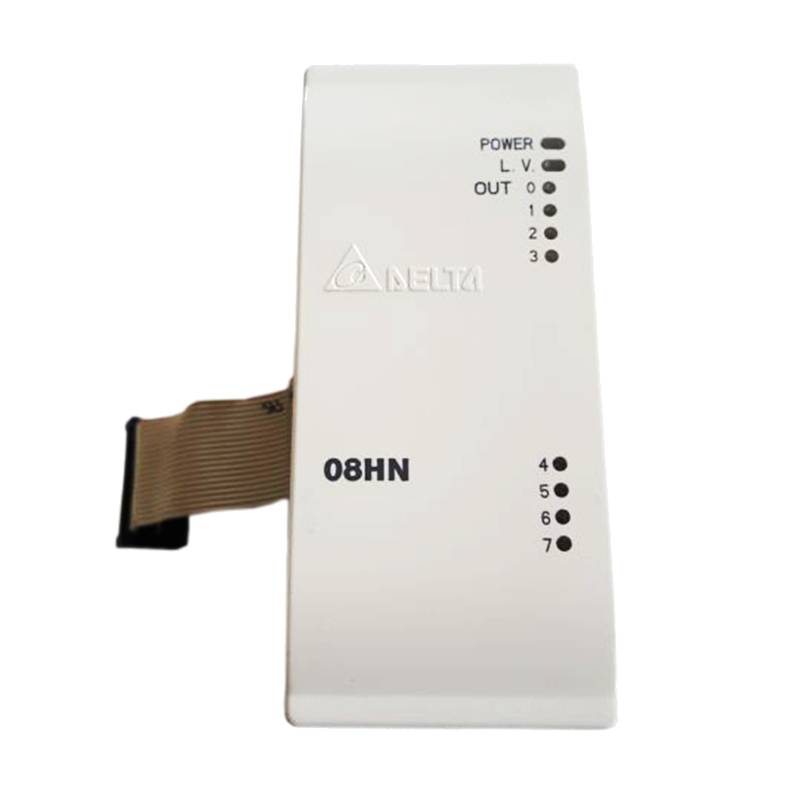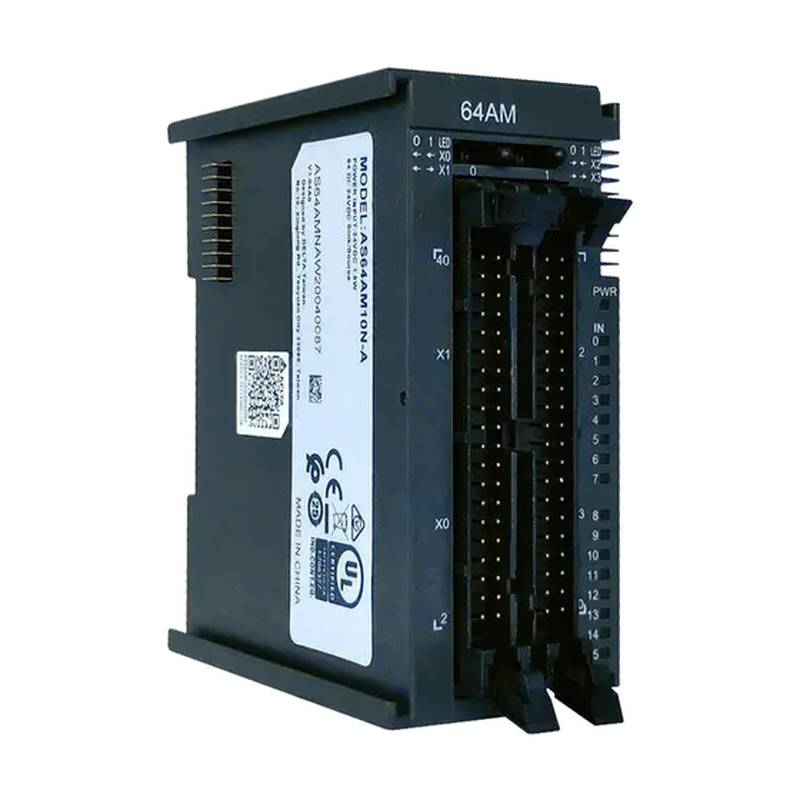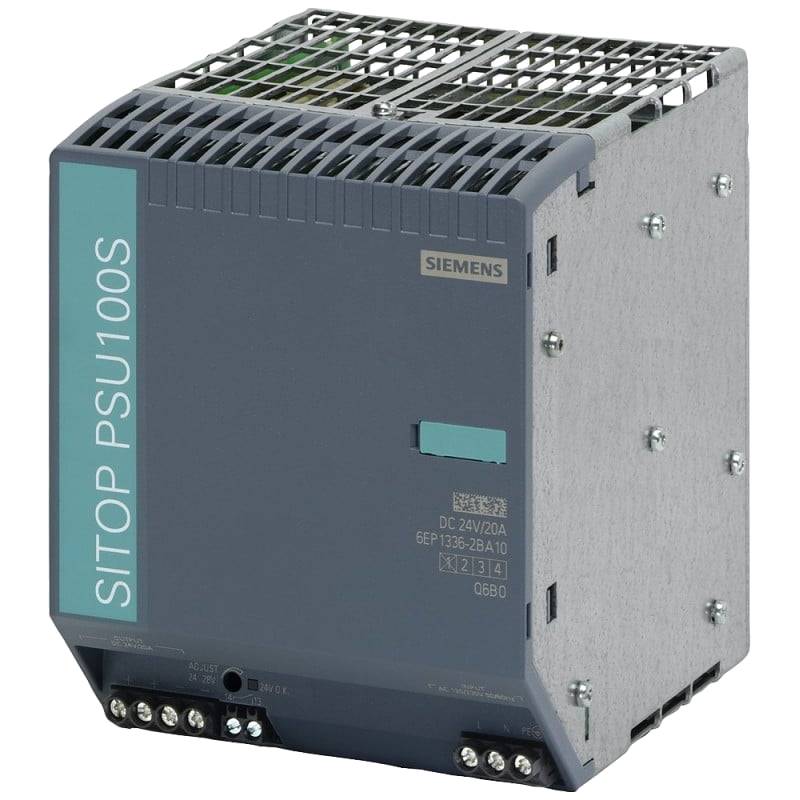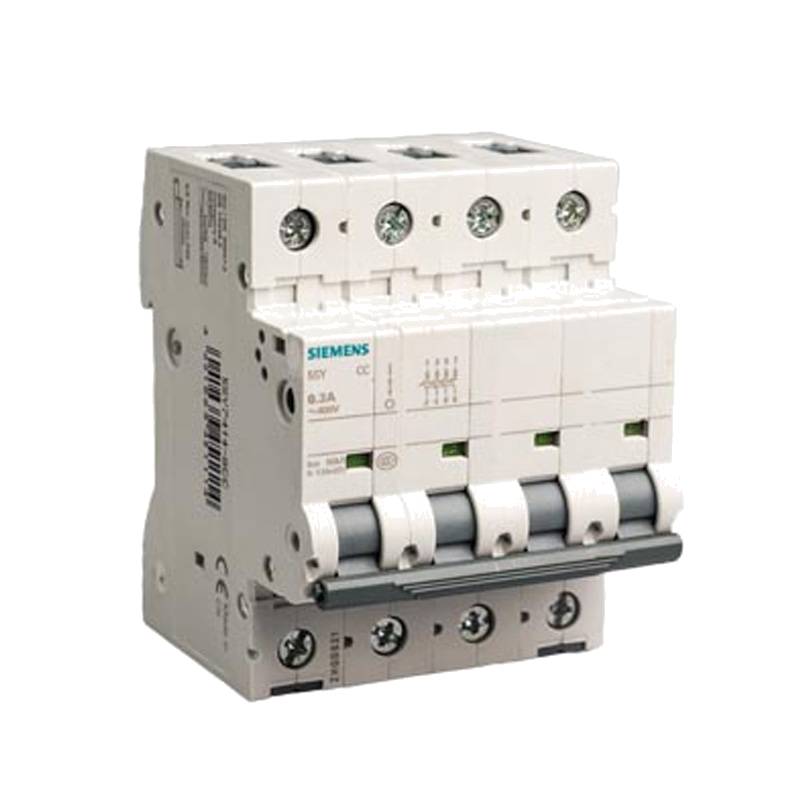
The Moxa CP-102U Industrial Serial Device Server is a robust solution designed to bridge the gap between legacy serial devices and modern Ethernet networks. It offers dual RS-232/422/485 serial ports, enabling seamless integration of industrial equipment into TCP/IP networks. Key advantages include its industrial-grade design, flexible serial port configuration, and reliable data transmission, making it ideal for demanding environments. Technical parameters highlight its support for 10/100BaseT(X) Ethernet, a wide operating temperature range of -40 to 75°C, and multiple power input options (9-30 VDC).
Product Specifications
| Feature | Specification |
| :------------------ | :------------------------------------------ |
| Ethernet Ports | 1 x 10/100BaseT(X) |
| Serial Ports | 2 x RS-232/422/485 (DB9 male) |
| Serial Data Rates | Up to 921.6 kbps |
| Power Input | 9-30 VDC |
| Operating Temp. | -40 to 75°C |
| Dimensions | 50.4 x 127 x 27 mm |
| Mounting | DIN-rail, Wall mount |
| Protocols | TCP/IP, UDP, HTTP, DHCP, ARP, BOOTP, Telnet |
| Management | Web Console, Telnet Console, Windows Utility |
Core Features & Market Positioning
The Moxa CP-102U distinguishes itself through its exceptional industrial ruggedness and versatility. Its dual serial ports, each independently configurable for RS-232, RS-422, or RS-485, provide unparalleled flexibility for connecting diverse serial devices, from PLCs and sensors to barcode scanners and diagnostic equipment. This adaptability positions the CP-102U as a superior choice for industries requiring reliable serial-to-Ethernet conversion in harsh conditions. The device's ability to support various operating modes, including TCP Server, TCP Client, UDP Server, and UDP Client, further enhances its market appeal for dynamic network requirements. Its robust build quality ensures consistent performance where environmental factors like temperature extremes and vibration are common.
Key Application Scenarios
This industrial serial device server is extensively deployed in critical sectors such as manufacturing automation, process control, and building management systems. In manufacturing, it facilitates the integration of legacy machinery with modern SCADA systems, enabling real-time data acquisition and remote monitoring. Process industries benefit from its ability to connect remote sensors and controllers over an Ethernet backbone, optimizing operational efficiency and safety. Building management systems leverage the CP-102U to consolidate control of HVAC, security, and lighting systems, enhancing convenience and energy savings. Its compact form factor and DIN-rail mounting options also make it suitable for space-constrained applications.
Practical System Integration Guidance
Integrating the Moxa CP-102U into existing industrial networks is straightforward. Installation typically involves DIN-rail mounting or wall mounting, followed by connecting the Ethernet cable to a switch or router and wiring the serial devices to the DB9 connectors. Power is supplied via the terminal block, accepting a wide DC voltage range for flexibility. Configuration is accessible through the provided Moxa Windows utility, a web browser, or a Telnet console. Users can assign static IP addresses or utilize DHCP for automatic network configuration. Setting up serial port parameters like baud rate, data bits, parity, and stop bits is crucial for successful communication with connected devices. Ensuring the correct RS-485 termination resistors are in place for multi-drop RS-485 networks is also a common integration consideration.
Operation and Risk Mitigation
Operating the Moxa CP-102U requires understanding basic networking and serial communication principles. To mitigate risks, it's essential to secure the device's web and Telnet interfaces with strong passwords, preventing unauthorized access. Network segmentation and firewall rules can further enhance security. Ensure proper power supply voltage is used to prevent damage. When operating in RS-485 mode, correct wiring and termination are critical to avoid signal reflection and data corruption, especially over longer distances. Regular firmware updates from Moxa are recommended to address any potential vulnerabilities and ensure optimal performance. In case of communication failures, verifying IP connectivity, serial port settings, and physical wiring are the primary troubleshooting steps.
Scalability & Long-Term Value
The Moxa CP-102U offers significant scalability and long-term value through its modular design and broad compatibility. Its ability to support multiple serial devices through a single Ethernet connection reduces network infrastructure costs. For larger deployments, multiple CP-102U units can be networked, allowing for expansion without requiring extensive rewiring. The device's compatibility with Moxa's broader portfolio of industrial Ethernet and serial communication products ensures seamless integration into evolving IIoT and Industry 4.0 architectures. This forward-thinking design supports the transition to digital manufacturing by providing a reliable bridge for data from diverse industrial assets.
FAQs
Q1: What are the primary benefits of using the Moxa CP-102U?
The CP-102U offers robust industrial-grade serial-to-Ethernet connectivity. It bridges legacy serial devices to modern TCP/IP networks efficiently. Its dual ports provide flexibility for diverse device integration needs.
This device ensures reliable data transmission even in harsh environments. It supports a wide temperature range, making it suitable for critical applications. The server’s compact design simplifies deployment in various industrial settings.
Its configuration flexibility with multiple serial modes (RS-232/422/485) is a key advantage. This allows users to adapt to different equipment requirements without hardware changes.
Q2: How do I configure the serial port settings on the CP-102U?
Serial port configuration is typically done via the Moxa PComm utility software. You can also use the web console or Telnet interface for advanced settings. Essential parameters include baud rate, data bits, parity, and stop bits.
Ensure these settings precisely match the requirements of the connected serial device. Incorrect settings will lead to communication errors and data loss. The CP-102U supports data rates up to 921.6 kbps.
For RS-485 connections, you must also select the appropriate mode (2-wire or 4-wire) and configure termination if necessary. Proper configuration is key for reliable serial communication.
Q3: Can the Moxa CP-102U be used for remote serial device management?
Yes, the CP-102U is specifically designed for remote serial device management over Ethernet. It allows you to access and control devices that are physically distant. This reduces the need for on-site maintenance and supervision.
You can use protocols like Telnet or establish TCP/IP connections to communicate with your serial equipment remotely. This capability is crucial for distributed industrial operations. It enhances operational efficiency and response times.
The device's ability to convert serial data to network packets makes it ideal for IIoT applications. This enables real-time monitoring and data logging from remote industrial assets.
Q4: What is the difference between RS-232, RS-422, and RS-485?
RS-232 is a point-to-point communication standard, typically used for short distances and one-to-one connections. It uses a DB9 connector and is sensitive to noise over longer runs. It's common for connecting single devices like modems or terminals.
RS-422 supports multi-drop communication and longer distances than RS-232. It uses differential signaling for improved noise immunity. It allows one transmitter and up to ten receivers, enabling one-to-many communication.
RS-485 also uses differential signaling for robust, long-distance communication and supports multi-drop networks. It allows up to 32 devices (or more with repeaters) on a single bus. It's commonly used in industrial automation for robust networking.
Q5: How do I ensure secure communication with the CP-102U?
Secure communication involves protecting access to the device and the data it transmits. Always change the default administrator passwords for web and Telnet access. Implement strong, unique passwords to prevent unauthorized entry.
Configure firewall rules on your network to restrict access to the CP-102U's IP address and ports. Only allow trusted devices or networks to connect to it. Consider using network segmentation to isolate the device.
While the CP-102U doesn't natively support encryption like SSL/TLS, securing the network infrastructure it resides on is paramount. Use VPNs for remote access if sensitive data is involved.
Q6: What are the power requirements for the Moxa CP-102U?
The Moxa CP-102U operates on a DC power input range of 9 to 30 VDC. This wide voltage range provides flexibility in selecting a suitable power supply in various industrial environments. It helps ensure compatibility with existing power infrastructure.
It's crucial to use a stable and reliable power source to prevent communication interruptions. Consider using a power supply with over-voltage and over-current protection. Ensure the power supply capacity meets the device's consumption.
The device features a terminal block connector for easy and secure power wiring. Proper polarity and connection are essential during installation to avoid damage.
Q7: What operating modes does the CP-102U support?
The CP-102U supports several essential operating modes for flexible network integration. These include TCP Server, TCP Client, UDP Server, and UDP Client modes. Each mode serves different communication scenarios.
TCP Server mode allows the device to listen for incoming TCP connections from clients. TCP Client mode enables the device to initiate connections to a specified server. UDP modes operate similarly but without connection-oriented reliability.
These modes allow the CP-102U to act as a gateway for serial devices in various network topologies. Choosing the correct mode depends on how the master system needs to communicate with the serial equipment.
Q8: Is the Moxa CP-102U compatible with Linux or other operating systems?
Yes, the Moxa CP-102U is designed for broad compatibility. While it comes with a Windows utility for configuration, its core network protocols are OS-agnostic. Linux systems can interact with it using standard TCP/IP sockets.
Moxa often provides Linux-compatible tools or libraries for integrating their devices. Users can develop custom applications on Linux to communicate with the CP-102U. Check Moxa's support site for specific driver or SDK availability.
The device's built-in web server and Telnet interface also allow management from any OS with a compatible browser or SSH client. This ensures flexibility in diverse IT environments.
Q9: What troubleshooting steps should I take if the CP-102U is not communicating?
First, verify basic network connectivity. Ensure the Ethernet cable is properly connected and the IP address is correct. Ping the device from your computer to confirm network reachability.
Next, check the serial port configuration on both the CP-102U and the connected device. Ensure baud rate, data bits, parity, and stop bits match precisely. Verify the correct serial port mode (RS-232/422/485) is selected.
Finally, inspect the physical wiring. For RS-485, confirm correct polarity and the presence of termination resistors if needed. Check for any diagnostic LEDs on the device that might indicate a fault.
Q10: Can I connect multiple serial devices to a single CP-102U?
The Moxa CP-102U has two independent serial ports. You can connect up to two distinct serial devices directly to these ports. Each port can be configured differently to accommodate various device requirements.
If you need to connect more than two serial devices, you can cascade multiple CP-102U units. Alternatively, you could use a serial hub or multiplexer upstream of the device server. This allows for significant expansion of connected serial equipment.
The device server then presents these serial connections as network endpoints. This allows a single Ethernet connection to manage multiple serial devices remotely.


















